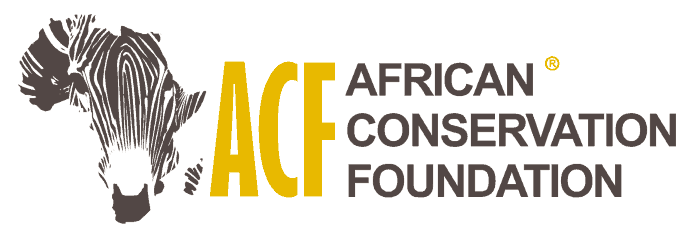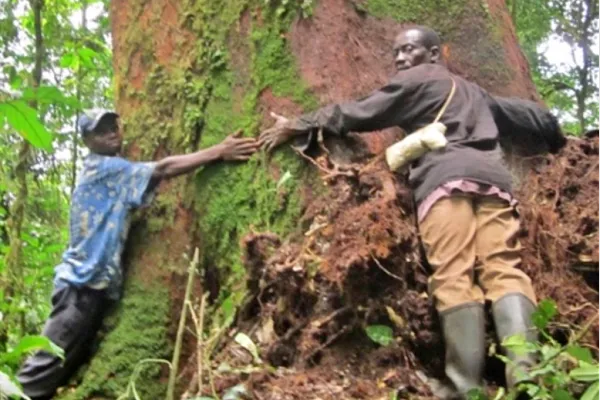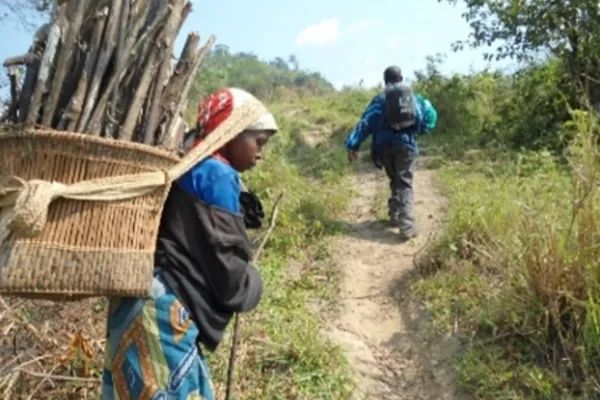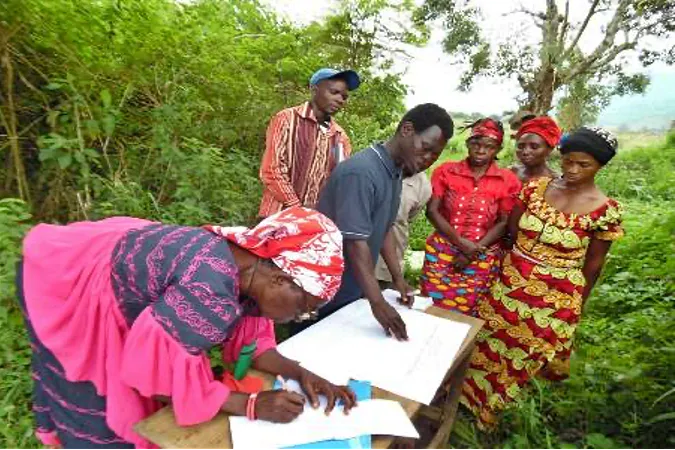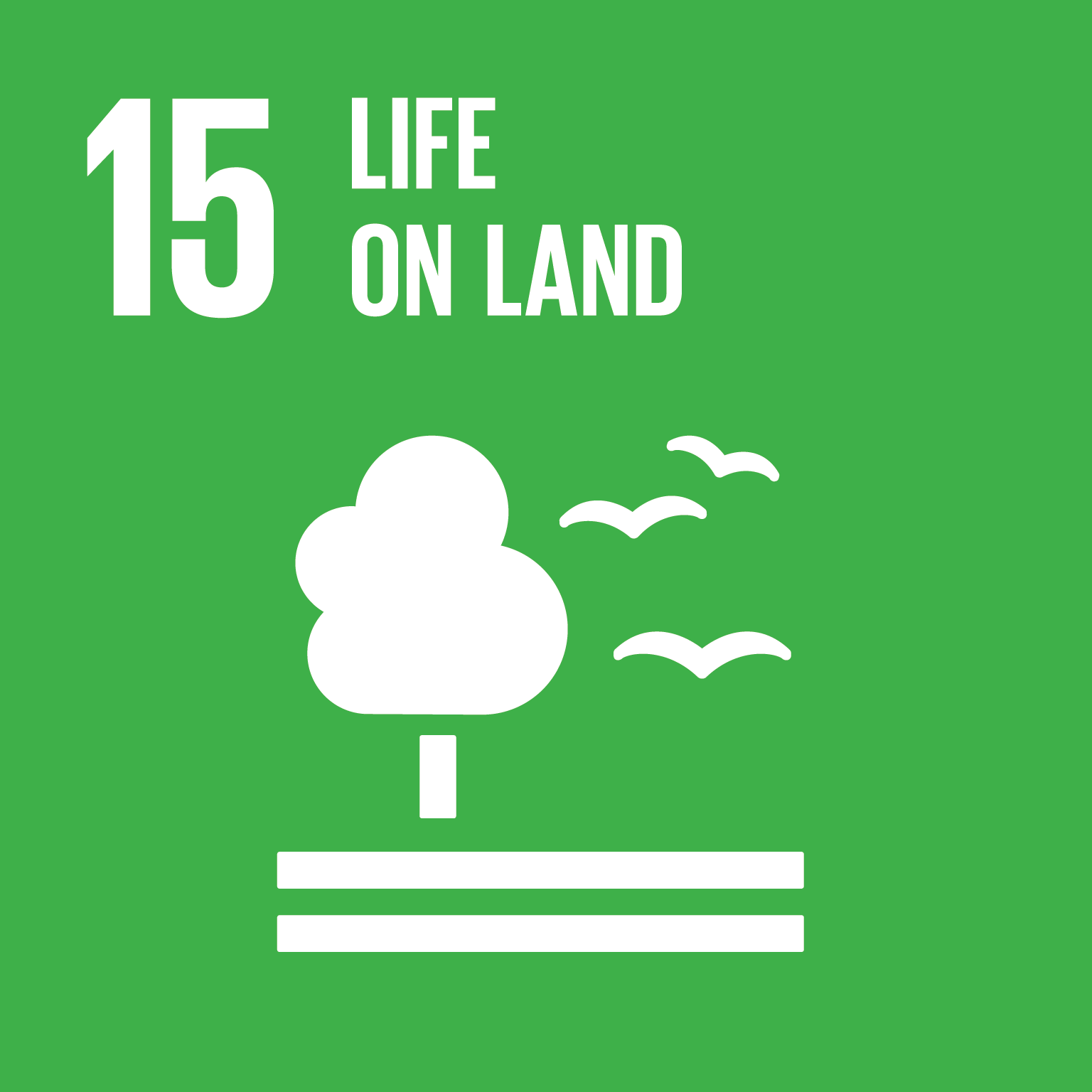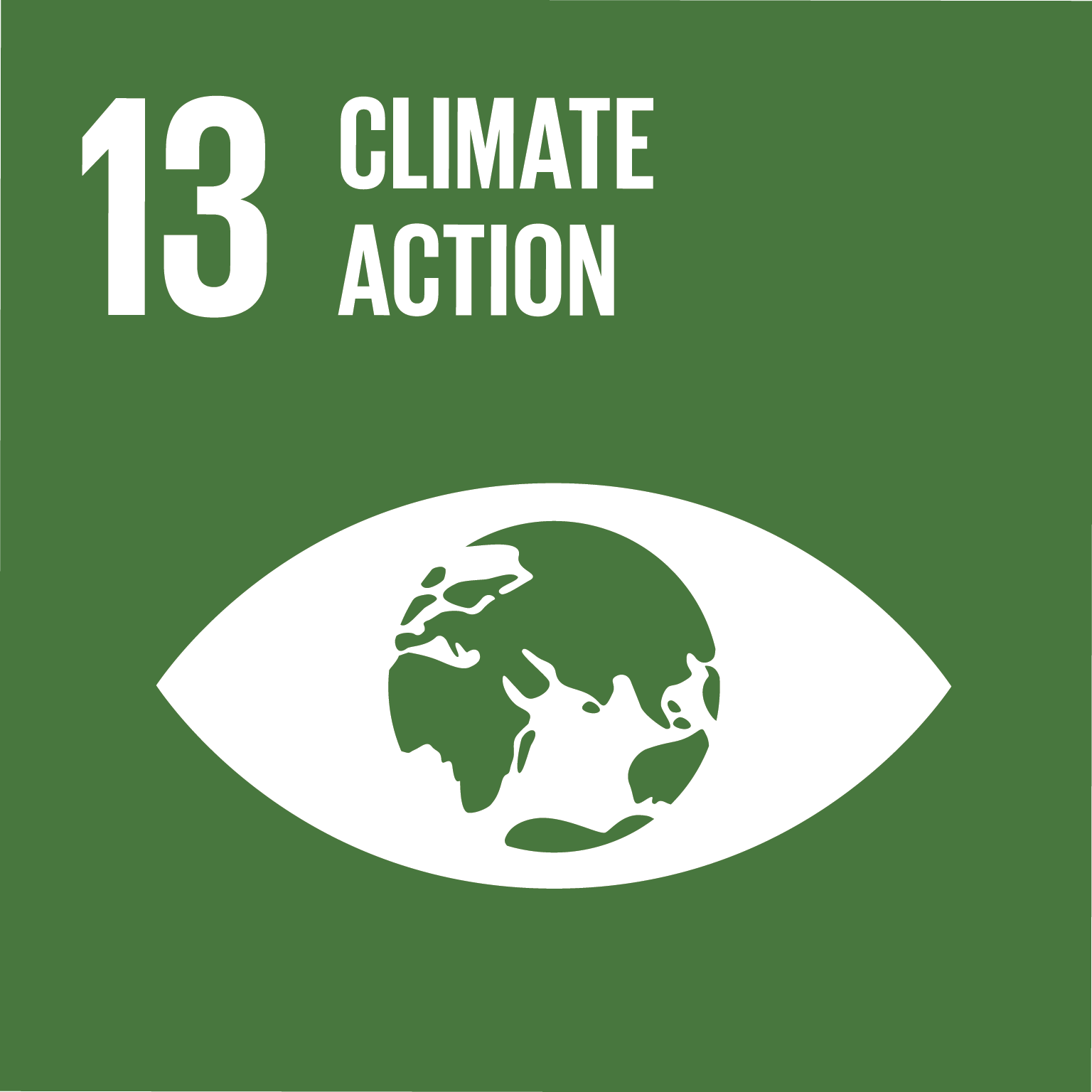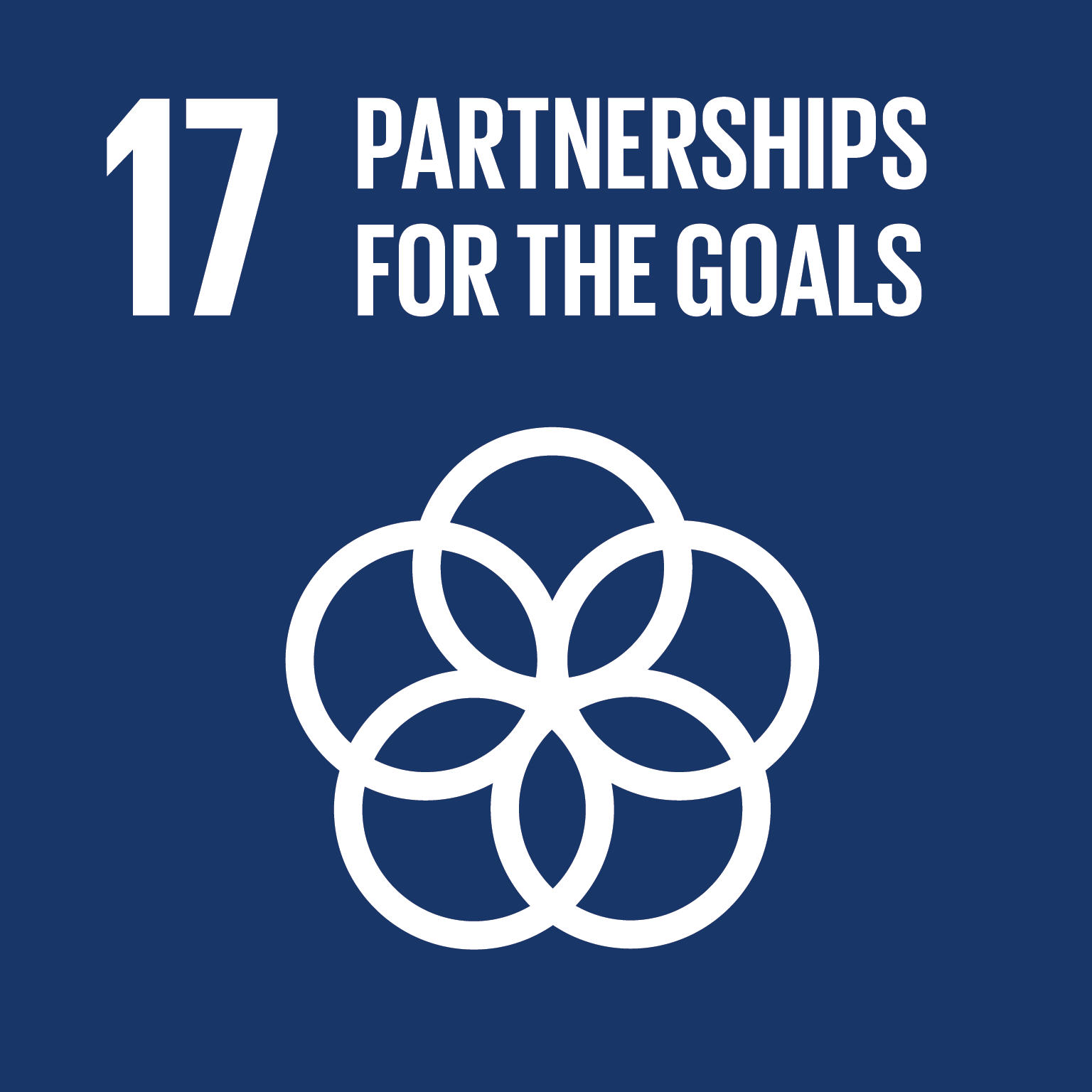In response to the escalating threats to biodiversity and traditional livelihoods, local communities in South Kivu’s Mwenga territory are themselves the catalyst in an initiative to strengthen their capacity to manage their natural resources.
Endangered species
Forest elephants, Eastern lowland gorilla, eastern chimpanzees
Habitat
Rainforest
Kahuzi Biega – Itombwe Landscape, DR Congo
Size of area
260,000 ha
Carbon
? mT
Partner
Local NGOs and CBOs
The Problem
The project area is a natural corridor located between Kahuzi-Biega National Park (PNKB) and Itombwe Natural Reserve (Réserve Naturelle d’Itombwe, RNI) in South Kivu, Democratic Republic of Congo. It is a wildlife transition corridor between the two protected areas. Several small streams and rivers cross the area. The Ulindi River, one of the largest rivers in South Kivu, passes through the area. The presence of forest elephants, eastern lowland gorillas and chimpanzees in this transition zone is not without danger. Animals are often disturbed or killed by riparian communities who hunt them for subsistence and trade.
Human threats to the primates, forest elephants and other wildlife are very high and there is an urgent need to establish a protected zone and reduce this pressure. It is therefore crucial and viable to create a safe dispersal and migration area for these animals to protect them from threats and prevent isolation of great apes, forest elephants and other wildlife populations.
What we do
Reforestation, tree planting, establishing community forests, forest restoration, education, climate change mitigation
This project offers a unique opportunity to protect biodiversity, including species like elephants and great apes, through an inclusive community-led conservation and development program. Local conservationists and ACF will establish the Ulindi River Integrated Ecological Corridor, utilizing a proven integrated conservation and development model.
Our primary objective in developing this ecological corridor is to ensure the survival of great apes, forest elephants, and other wildlife species that inhabit the area or migrate between the Kahuzi-Biega National Park and the Itombwe Natural Reserve. Simultaneously, we aim to support the socioeconomic development of the involved villages.
Central to the project’s success is the active involvement of local and indigenous communities throughout all stages, from inception to implementation. By providing awareness, training, education, and empowering these communities, they can take ownership of their own conservation and development processes.
Sustainable Development Goals
Our project contributes to the following UN Sustainable Development Goals.
